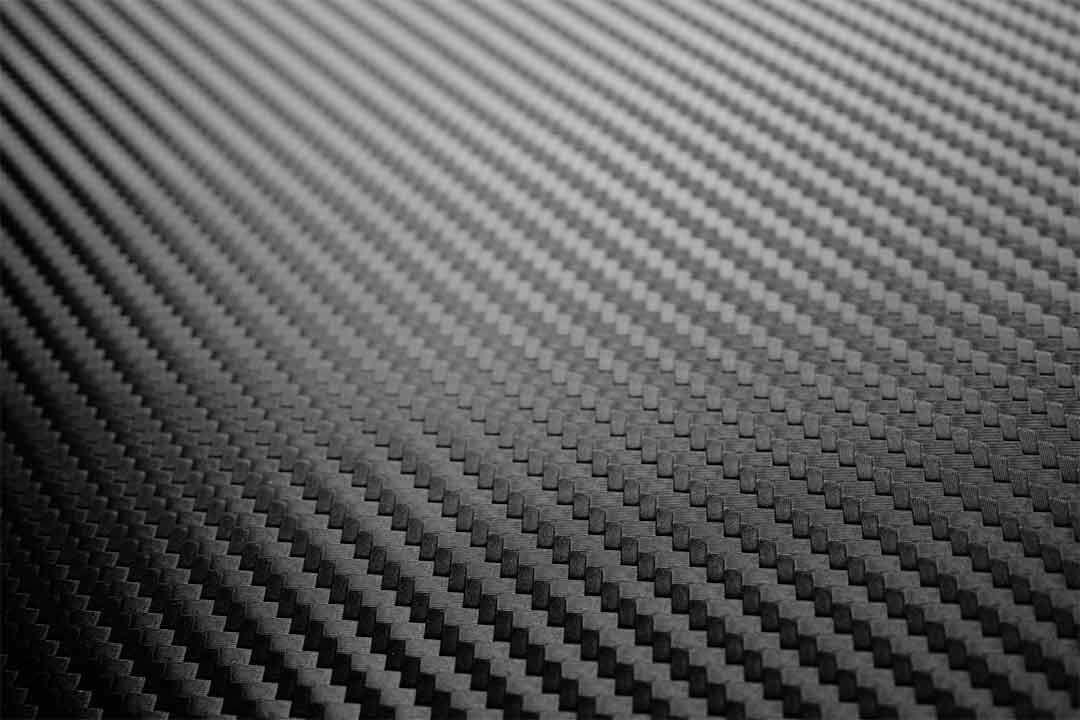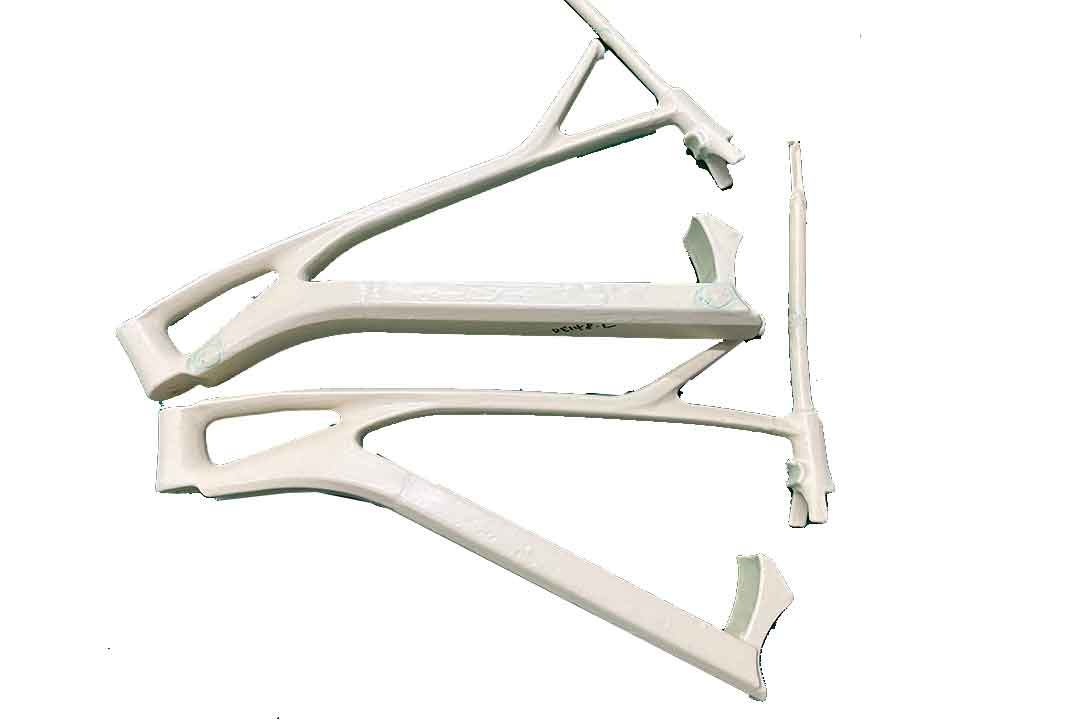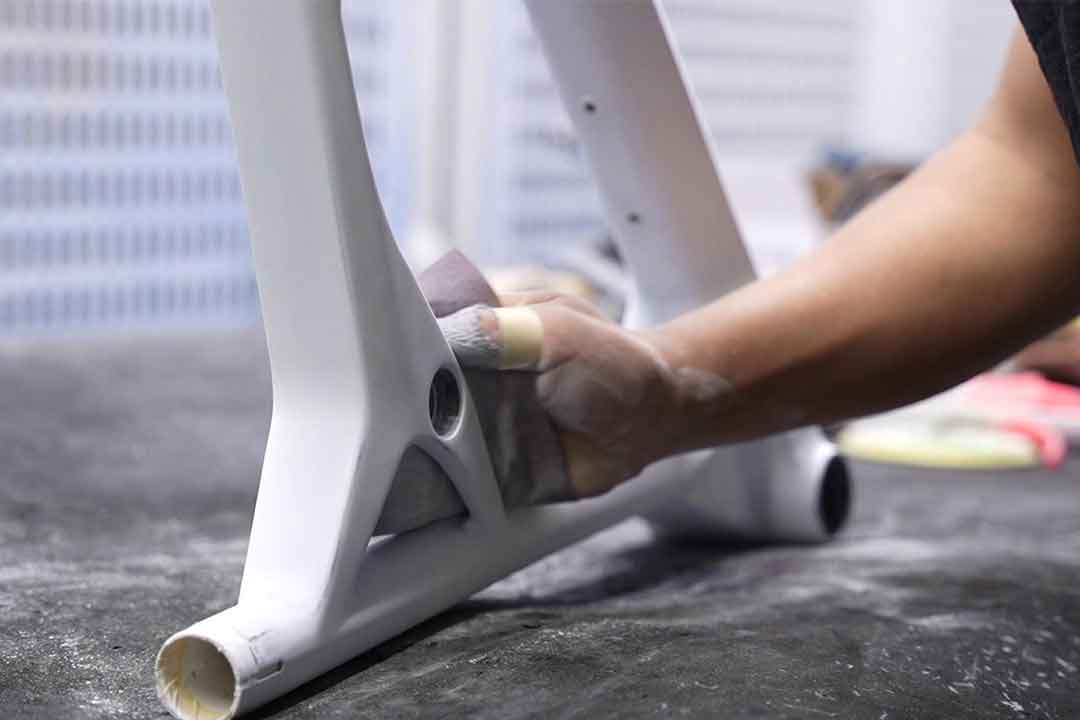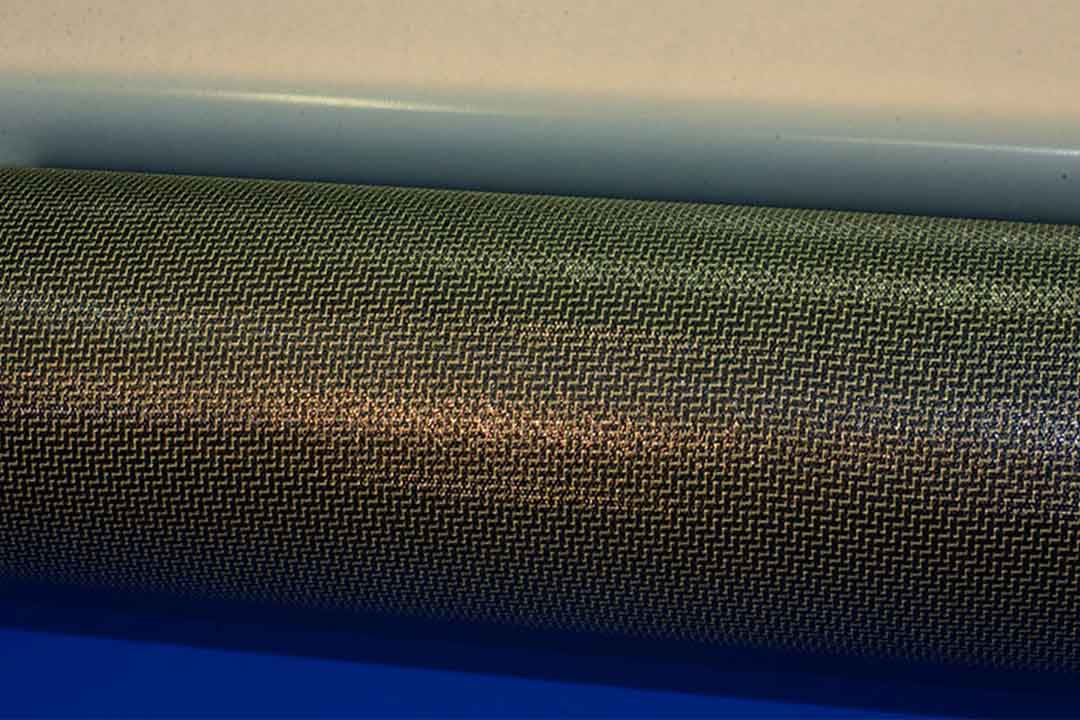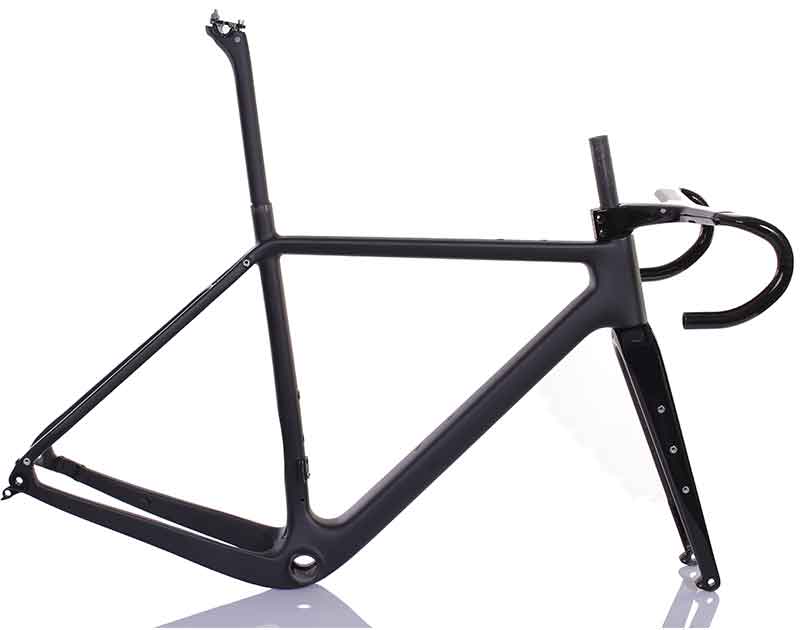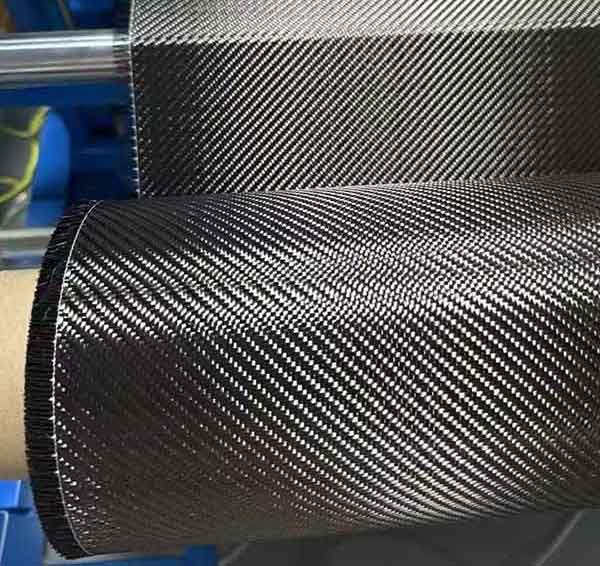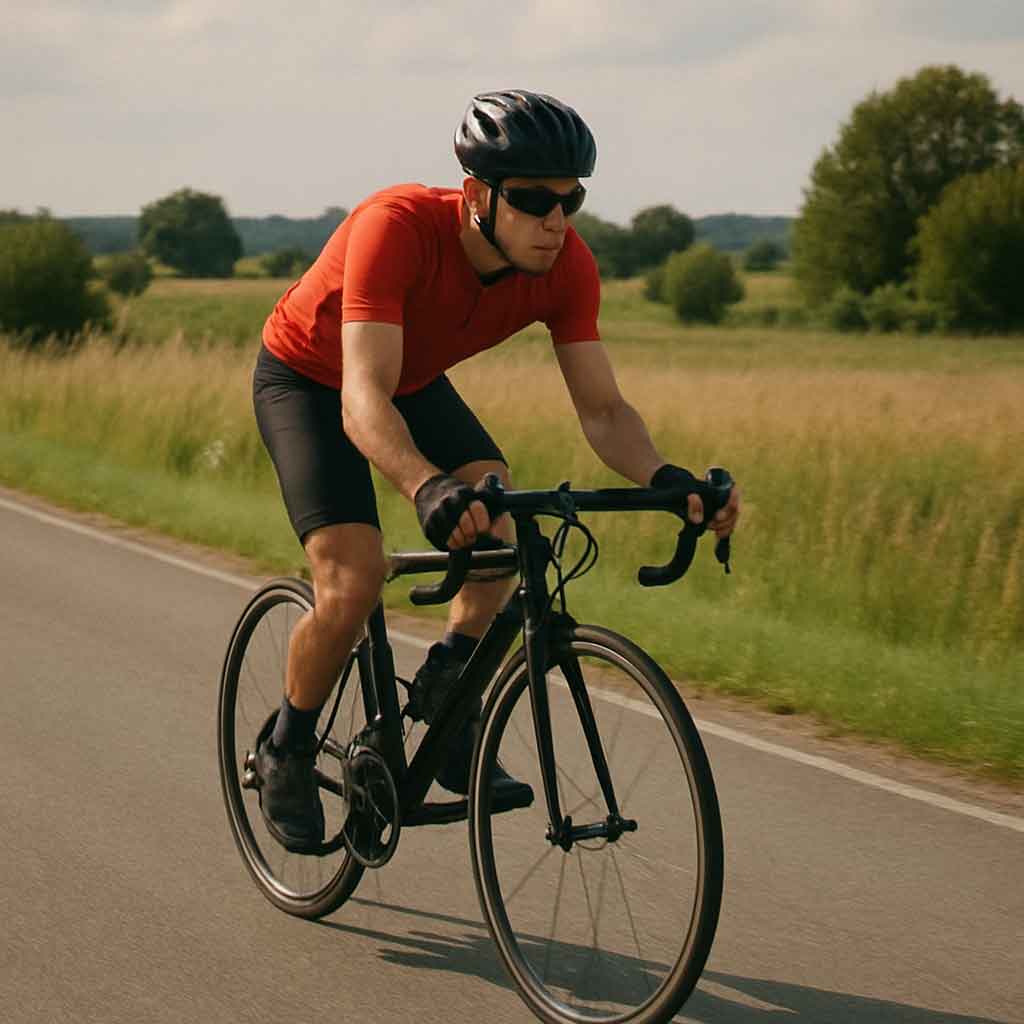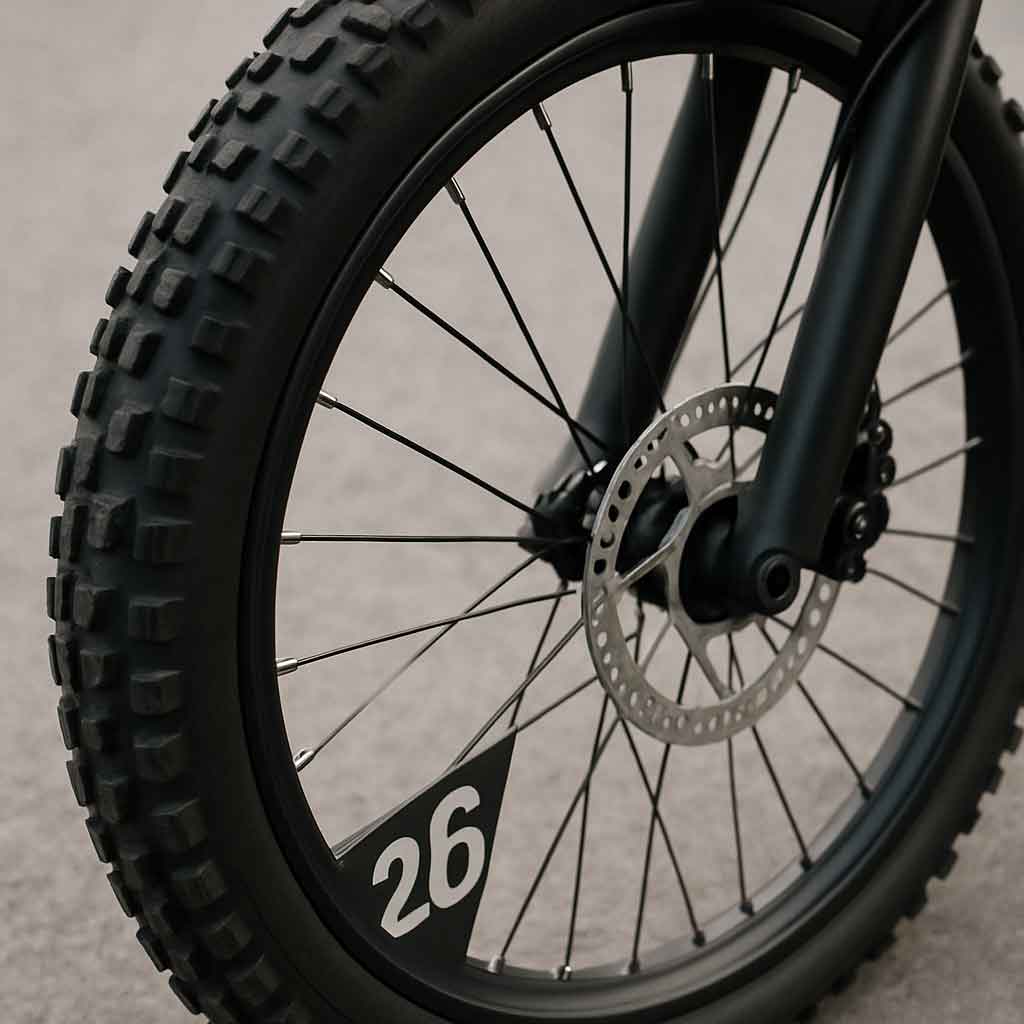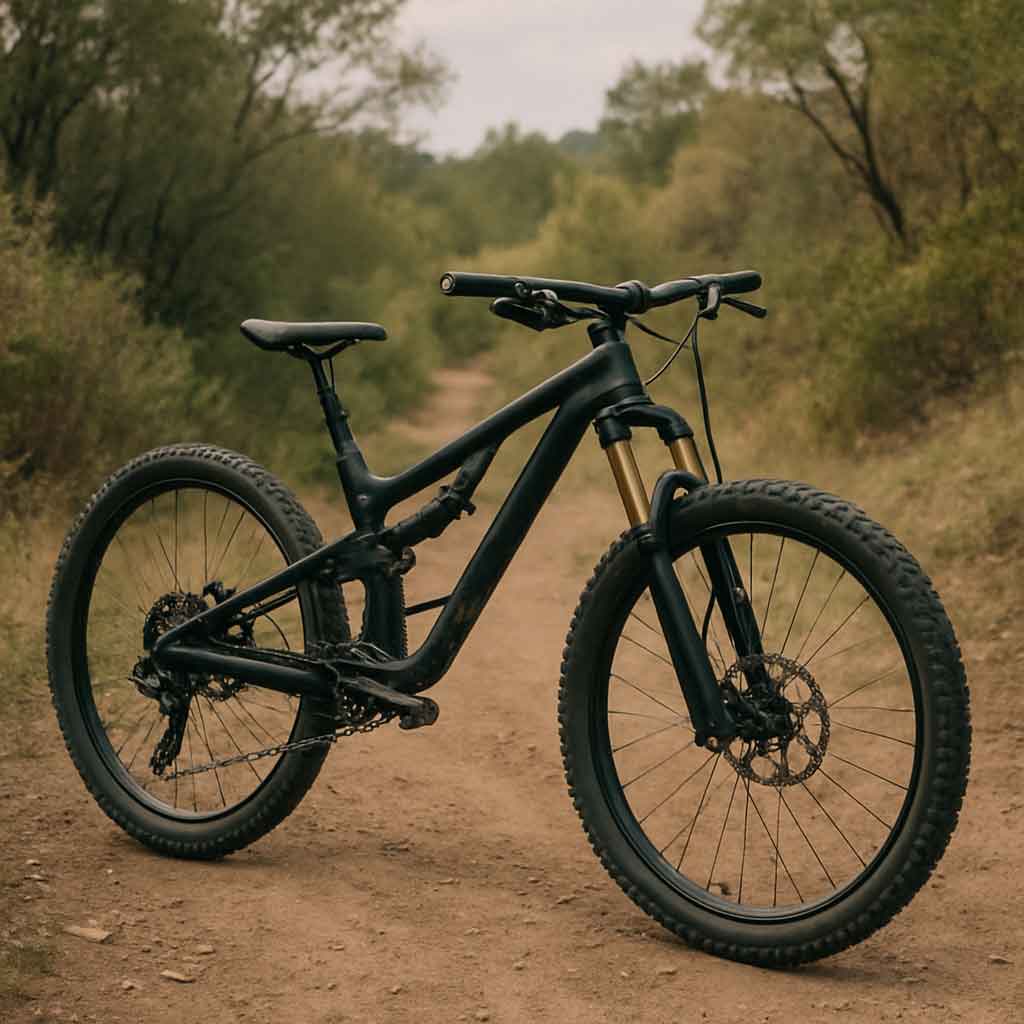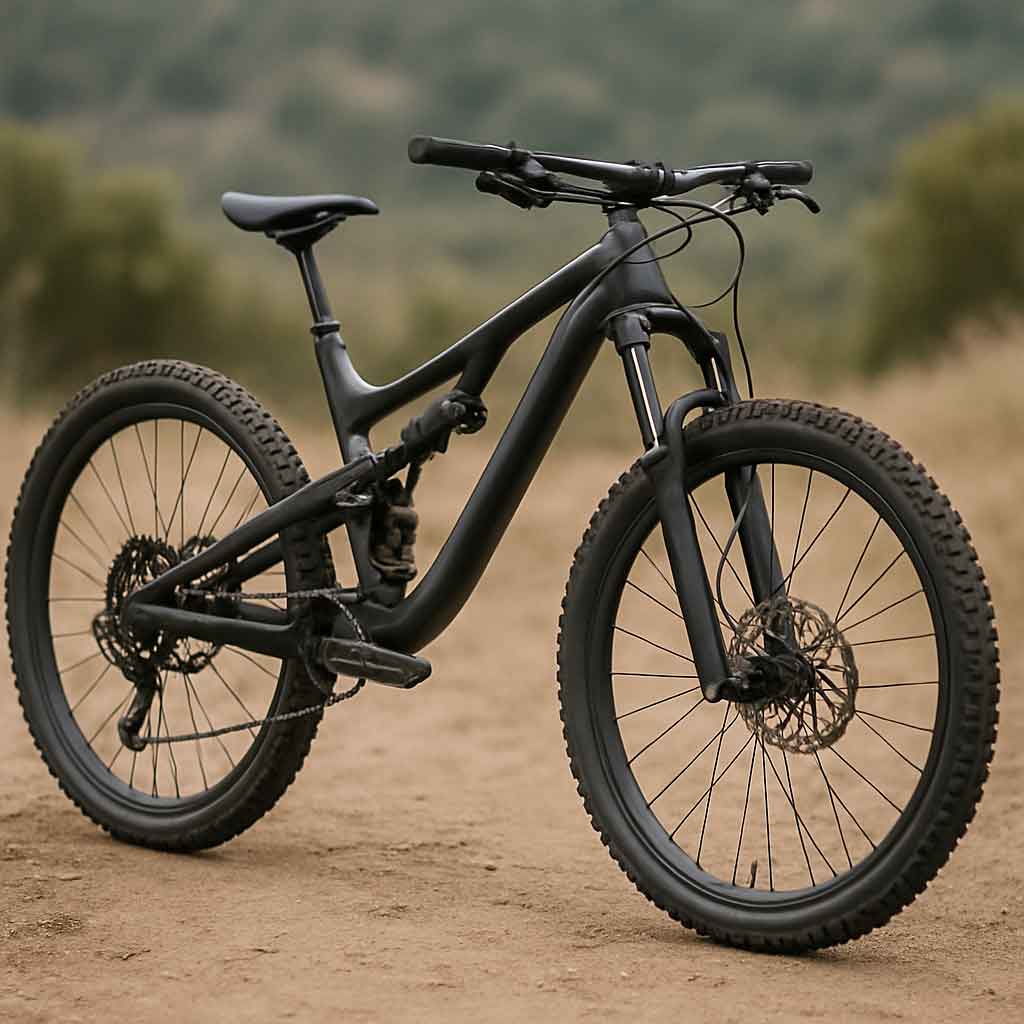Welcome to Mondince Bike - A well-known factory specialized in produce carbon bike frame and other parts since 2007.
Top Features to Look for in Road Bikes
When it comes to choosing the perfect road bike, understanding the essential features can make all the difference in your riding experience. Whether you're a seasoned cyclist or a beginner looking to upgrade, knowing what to look for will help you make an informed decision. In this article, we'll explore the top features to consider when selecting a road bike, focusing on performance upgrades, road bike features, and tire specifications.
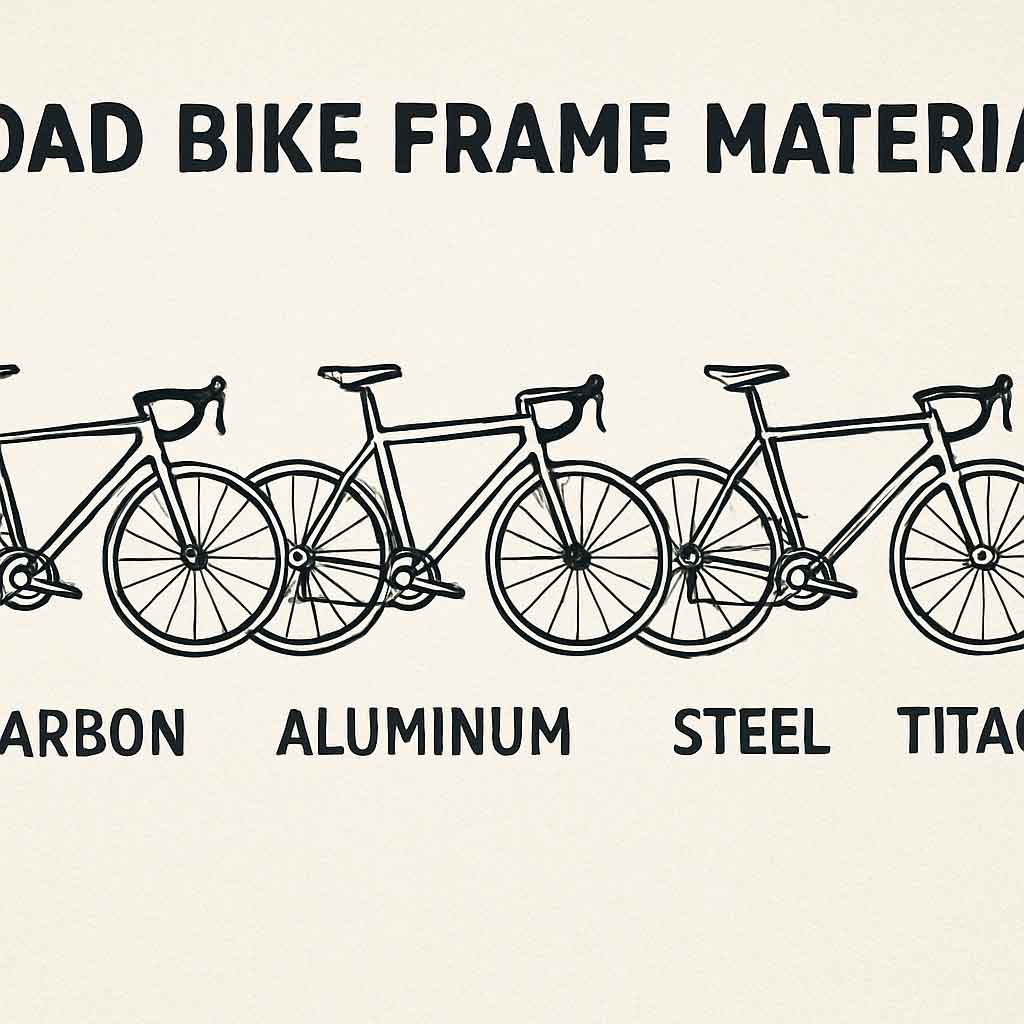
One of the first things to consider is the frame material, which affects the bike's weight, durability, and cost. The most common materials are aluminum, carbon fiber, steel, and titanium.
Aluminum
Aluminum frames are lightweight and affordable, making them a popular choice for beginners and intermediate cyclists. They offer a good balance of performance and cost, though they may not absorb road vibrations as well as other materials. However, advancements in technology have led to improved aluminum frames that incorporate features to dampen vibrations, enhancing comfort. Furthermore, aluminum's resistance to rust makes it ideal for those living in humid climates or near the sea. Overall, aluminum is an excellent entry point for those new to cycling or for those who want a practical, cost-effective solution.
Carbon Fiber
Carbon fiber is known for its lightweight and stiffness, providing excellent performance for serious cyclists. It absorbs road vibrations effectively, offering a smoother ride. However, carbon fiber bikes can be more expensive than other options. The customization potential of carbon fiber is another significant advantage, allowing manufacturers to fine-tune the bike's stiffness and compliance in specific areas. This adaptability leads to frames that cater to a wide range of riding styles, from aggressive racing to leisurely touring. Despite its cost, many riders find the investment worthwhile due to the unparalleled ride quality and performance.
Steel
Steel frames are renowned for their durability and smooth ride quality. They tend to be heavier than aluminum or carbon fiber but offer a classic feel that's hard to beat. Steel bikes are a great choice for long-distance touring. Their resilience makes them less prone to catastrophic failure, which is reassuring for riders venturing into remote areas. Additionally, steel frames can be easily repaired if damaged, extending their lifespan significantly. Many cyclists are drawn to steel for its timeless aesthetic and the nostalgia it evokes, making it a favorite among purists and traditionalists.
Titanium
Titanium frames combine the best of both worlds: the lightweight nature of aluminum with the durability and smooth ride of steel. They're often considered a premium option, with a price tag to match. Titanium's natural resistance to corrosion makes it an ideal choice for all-weather riders and those living in areas with harsh climates. The unique ride quality of titanium, often described as lively and responsive, adds a touch of luxury to long rides. Although the upfront cost is high, the longevity and performance of titanium frames often justify the investment for dedicated cyclists.
Drivetrain and Gearing
The drivetrain is crucial for transferring power from your legs to the wheels. Understanding the components and gearing options will help you choose a bike that suits your riding style and terrain.
Derailleurs and Shifters
Most road bikes use either Shimano, SRAM, or Campagnolo components, each offering a range of groupsets catering to different performance levels. Look for smooth, precise shifting and consider electronic shifting for the ultimate convenience. Electronic shifting systems, such as Shimano Di2 or SRAM eTap, offer effortless gear changes and are known for their reliability and precision. These systems eliminate the need for cable adjustments and provide consistent performance in varying conditions. While they come at a premium, the seamless shifting experience can significantly enhance your ride, especially in competitive or long-distance scenarios.
Gearing
Gearing affects how easily you can tackle hills and maintain speed on flat terrain. A compact crankset with a wide-range cassette can provide versatility for various riding conditions. Choosing the right gearing setup depends on your fitness level and the typical terrain you'll encounter. For hilly regions, a lower gear ratio can make climbing more manageable, while a higher ratio is beneficial for flat, fast rides. It's essential to find a balance that matches your riding style and goals, as an inappropriate gearing setup can lead to inefficient riding and fatigue.
Chain and Cassette
The chain and cassette are integral components of the drivetrain, affecting the bike's overall performance and longevity. Regular maintenance, such as cleaning and lubrication, is necessary to ensure smooth operation and prevent premature wear. Investing in a high-quality chain and cassette can improve shifting performance and extend the lifespan of your drivetrain. Consider the material and design when selecting these components, as they play a crucial role in power transfer and efficiency.
Wheelset and Tire Specifications
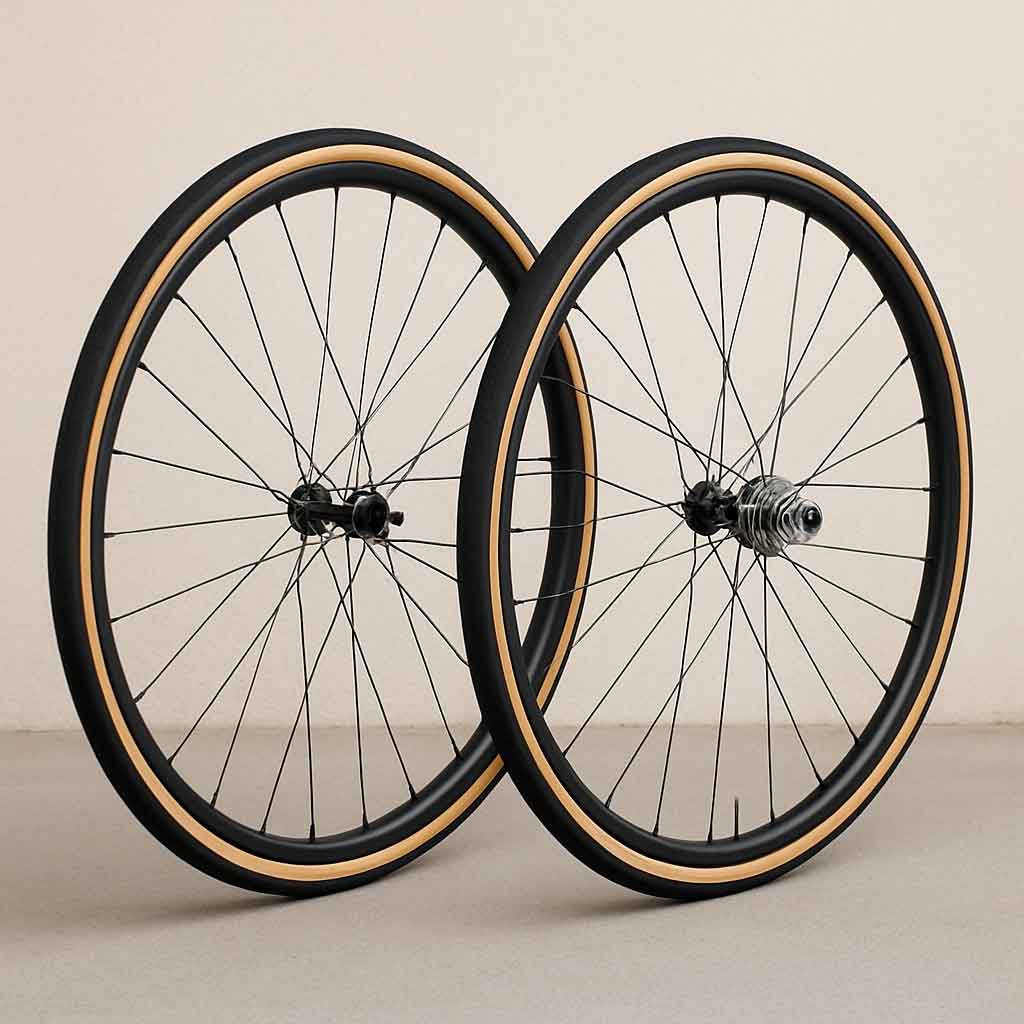
Wheels and tires play a significant role in a bike's performance, affecting speed, comfort, and handling.
Wheelset
A lightweight wheelset can improve acceleration and climbing ability. Look for wheels with a balance of weight, durability, and aerodynamic performance. Deeper rims offer better aerodynamics but can be heavier. Consider the type of riding you plan to do when selecting a wheelset, as different designs cater to specific needs. For instance, a shallower rim is preferable for climbing and windy conditions, while deeper rims excel on flat, fast courses. Additionally, the choice between clincher, tubular, or tubeless wheels can impact performance and maintenance.
Tire Specifications
Tire width is an important consideration, with most road bikes accommodating 23mm to 28mm widths. Wider tires provide better comfort and grip, while narrower tires are more aerodynamic. Tubeless tires are becoming increasingly popular due to their reduced risk of punctures and improved ride quality. The increased air volume in wider tires allows for lower pressure settings, enhancing comfort and traction without sacrificing speed. Furthermore, advances in tire technology have led to the development of versatile compounds that offer excellent grip and durability, making them suitable for various road conditions.
Tire Pressure and Maintenance
Proper tire pressure is crucial for optimizing performance and comfort. Regularly check and adjust your tire pressure according to the manufacturer's recommendations and your personal preferences. Lower pressures can enhance grip and comfort, while higher pressures improve speed and efficiency. Additionally, routine inspections for wear and damage are essential to ensure safety and prolong the life of your tires. Investing in a quality floor pump with a pressure gauge can make maintenance more straightforward and accurate.
Brake System
The braking system is another critical aspect of road bike performance, with two main types to consider: rim brakes and disc brakes.
Rim Brakes
Rim brakes are lighter and more aerodynamic, making them a popular choice for racing. However, they can be less effective in wet conditions and require regular maintenance to ensure optimal performance. Despite these limitations, rim brakes offer a straightforward design that is easy to maintain and adjust. Many riders appreciate the tactile feedback provided by rim brakes, which can enhance control and confidence in dry conditions. For those prioritizing weight savings and simplicity, rim brakes remain a viable option.
Disc Brakes
Disc brakes offer superior stopping power and performance in all weather conditions. They require less maintenance and provide consistent braking, making them a popular choice for all-around riders. The increased modulation and control offered by disc brakes are particularly beneficial in technical descents and variable weather. While they add some weight to the bike, the trade-off is often worthwhile for the improved safety and reliability. As disc brake technology continues to advance, their performance and integration into road bike design have improved significantly.
Brake Pad and Rotor Maintenance
Regular maintenance of brake pads and rotors is essential to ensure optimal braking performance. Inspecting and replacing worn brake pads can prevent damage to the rotors and maintain stopping power. Cleaning the rotors regularly removes debris and contaminants that can affect braking efficiency. Keeping your braking system in top condition not only enhances safety but also prolongs the lifespan of the components, reducing long-term costs.
Geometry and Fit

by Will Barrow (https://unsplash.com/@shotbywill)
The geometry and fit of a road bike are essential for comfort and performance. A well-fitted bike will reduce fatigue and improve your riding experience.
Geometry
Road bikes come in various geometries, from aggressive racing to relaxed endurance. Consider your riding style and goals when choosing a geometry. Racing bikes have a more aggressive position for aerodynamics, while endurance bikes offer a more upright position for comfort on long rides. The geometry influences handling and stability, with more aggressive setups favoring responsiveness and speed. Meanwhile, endurance geometries prioritize comfort and control, making them suitable for longer rides or varied terrains.
Fit
A proper bike fit is crucial for comfort and efficiency. Visit a local bike shop for a professional fitting to ensure your bike is the right size and adjusted for your body. This will help prevent discomfort and injury. An expert fit considers various factors, including saddle height, handlebar reach, and cleat position, to optimize your posture and power output. Investing in a professional fitting can transform your riding experience, enhancing both performance and enjoyment.
Customization and Adjustments
Even after a professional fitting, minor adjustments may be necessary as you become more acquainted with your bike. Experimenting with saddle tilt, handlebar angle, and stem length can fine-tune your fit for maximum comfort and efficiency. Personal preferences and changes in riding style or fitness level may also necessitate further customization. Regularly reassessing your bike fit ensures it continues to meet your evolving needs.
Additional Performance Upgrades
Investing in performance upgrades can enhance your riding experience and make your road bike more enjoyable. Here are some upgrades to consider:
Saddles and Handlebars
A comfortable saddle and ergonomic handlebars can make a significant difference in your comfort on long rides. Look for a saddle that supports your sit bones and handlebars that provide multiple hand positions. Consider the padding, shape, and width of the saddle, as these factors influence comfort and performance. Similarly, handlebar shape and width should accommodate your shoulder width and riding style, offering optimal control and comfort.
Pedals
Clipless pedals offer a more efficient connection between you and your bike, improving power transfer and control. Consider the type of pedal system that suits your needs and invest in compatible cycling shoes. The choice between road-specific and multi-use pedals depends on your riding habits and preferences. Properly fitted cycling shoes enhance comfort and performance, making them an essential part of the pedal system.
Accessories
Don't forget to consider essential accessories like a bike computer, lights, and a repair kit. These can enhance your safety and convenience on the road. A bike computer provides valuable data on speed, distance, and performance, helping you track progress and set goals. Lights improve visibility in low-light conditions, enhancing safety for both you and others. A well-stocked repair kit ensures you're prepared for minor mechanical issues, preventing disruptions during your ride.
Conclusion
Choosing the right road bike involves considering various features that impact performance, comfort, and cost. By understanding the importance of frame materials, drivetrains, wheelsets, brakes, geometry, and additional upgrades, you'll be well-equipped to make an informed decision. Whether you're seeking performance upgrades or focusing on tire specifications, the right road bike can elevate your cycling experience and help you reach your goals. With a thoughtfully chosen bike, you can enjoy the thrill of the ride and the satisfaction of achieving new milestones. Happy riding!


